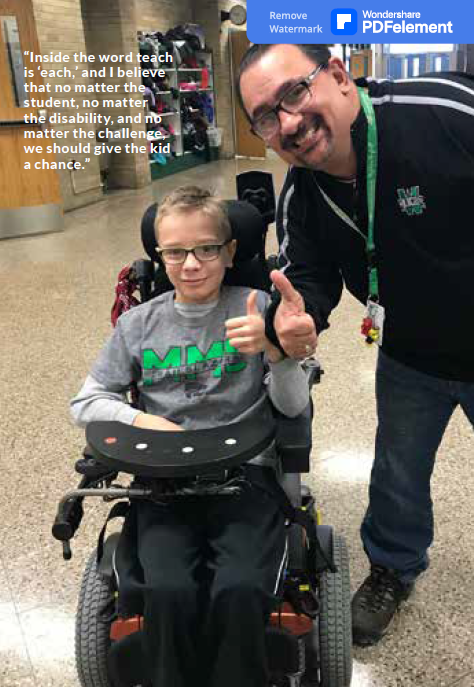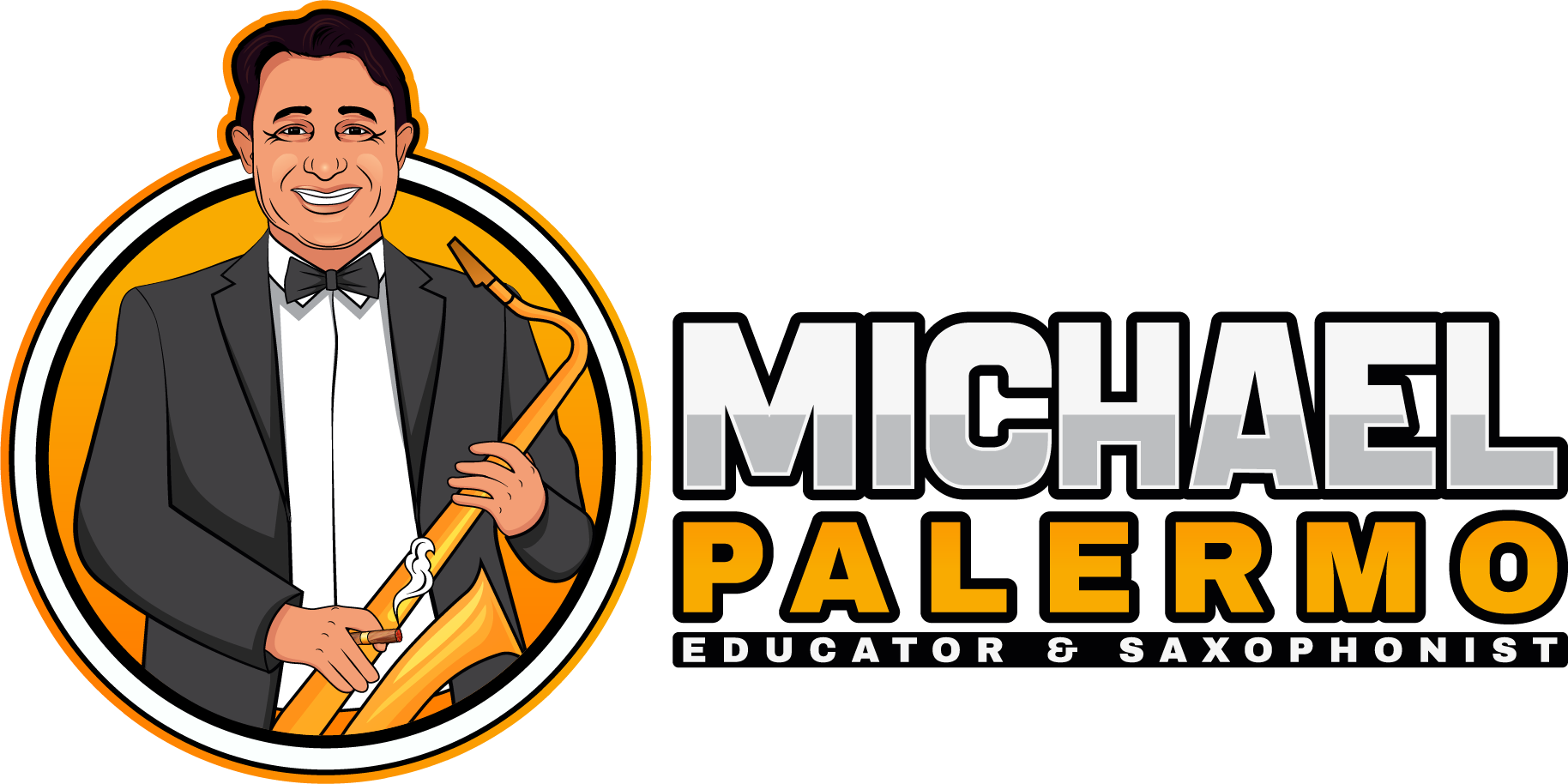Blog
Integrating Students with Special Needs into a School Band Program

Integrating Students with Special Needs into a School Band Program
In a post on a music forum, a friend of mine recently described how distraught she was when she was told that her teenage daughter, who has played in her school’s band for three years and has who has Asperger’s syndrome, was told that she did not meet the band director’s performance criteria to continue in the band program as a high school student. Band is the only group activity in which her daughter has ever shown an interest.
Hearing this story broke my heart. As a band director for 25 years and a college instructor for the last 10, I find this to be an unacceptable attitude and an insensitive practice. This situation prompted me to share some of the techniques I’ve picked up to help keep all students successful in a band program.

Students with special needs are often interested in listening to and learning to play music. In my teaching, I’ve observed that these activities can be effective calming techniques and may help to deescalate students’ tension and fear. Music can be either a solo or a group activity. As my friend who shared the story of her daughter implied, finding a group activity in which a student with autism or other special needs wants to participate is often a challenge. Thus, encouraging continued participation in activities students already enjoy should be a priority for teachers and parents. As you read the following suggestions, keep in mind that you may encounter students who are unable to read, or who struggle with reading. Not having the ability to read words does not necessarily mean that a student cannot read music, but you, the teacher, may have to learn new techniques that may initially seem to go against the principles by which you now teach. Understand that these suggestions are only that—things you can try with students. In my program, I accept any child and will create accommodations and adapt my teaching for any student, including those with multiple disabilities, autism, and behavioral issues. I have always found as a director, as well as parent, that students with special needs need a place to belong and, for some, the band world can be that place.
Tips for Teaching Special Learners to Play a Musical Instrument
• Teach music by ear.
Some children have an amazing ability to hear something once and repeat it. I had a percussion student with high-functioning autism who could do just that: I would play a rhythmic pattern once, and he could repeat it perfectly. The kicker: He was mathematically gifted and could count the rhythms while playing. This can be very helpful when learning parts for group band. Students can practice this skill by learning to play a song they enjoy listening to. Success is more important than music-reading skills with special learners. The ability to play something by ear or to learn a piece by ear can be beneficial for any student. For those with disabilities, this activity can be a learning tool that can help them advance their musical knowledge. Band is oftentimes a difficult place for rote-style learning, but if it is incorporated in a way that also includes note-reading, all students can be successful.
• Focus on rhythm reading in isolation.
Reading rhythm is typically easier for students than reading notes. You can write out the rhythms of band music and write the note names above the rhythms. If you are a music teacher, you may be cringing at this suggestion, but what most music educators learned about teaching music was geared toward the needs of one style of learners. Music just happens to be a subject where basic mathematics can be used to count basic rhythms. This practice can help students with special needs to be successful, and we are teaching across the curriculum using math.
• Recognize diverse learning styles.
We have to change the way we teach because our students have diverse learning styles. Not all of our students will become professional musicians. However, we have the ability to give every student a skill—the ability to play music—from which they can reap enjoyment for their entire lives. Because our students have a variety of approaches to learning, it is necessary to teach a skill such as rhythm-reading in multiple ways. Simply put, students with special needs must have the conducive environment to feel successful as challenges are thrown their way. An honors child is not as challenged as a non-honors student in a nafme.org 17 regular education environment. We, as educators at all levels, need to find ways to adapt teaching styles for students of all kinds.
• Slowly scaffold the process of reading music.
Make your first staff one line (it will be one note). Place your rhythms on the one line. Have students practice reading the rhythms with the one note. When mastered, add a second note either just below or just above the one line. When they can master reading two notes, add the other space note, then add another line, and so on until they are able to read a full staff. This may sound rather silly, but the progression really does work. I have used this technique with success with younger learners as well as special learners.
• Incorporate simple math, like addition, subtraction, and division when teaching note values. The idea of adding time signatures is a strong stretch, but when using the division concept, a basic-level student will understand the beat concepts.
• Some of your students may be able to associate musical notes with colors. An example of this would be that every time they hear a “C,” they see green. You may be able to color-code the notes on the paper to further assist in your student’s success.
• Help all students get and stay organized. Students with special needs often benefit from structures such as practice charts, step-by-step sequences (with illustrations), and access to videos that clearly demonstrate the techniques you want to teach. Repetition is easier if challenges can be presented in several ways and broken into small chunks so tasks don’t seem overwhelming.

Band Directors: Keep in Mind
• What is your goal?
Is your goal to train only children who will grow up to be professional musicians, or to give every child the lifelong gift of having the ability to play an instrument? I am not asking you to lower standards for those with the ability to excel; I’m just asking that you do your best to accommodate those who learn differently.
• How important is perfect form?
Some children are simply not capable of perfect embouchure or perfect finger positioning. This does not mean that they can’t play an instrument successfully. Find what the student can do well, and focus on that.
All kids who want to do so should be able to participate in an ensemble. There have been too many avenues created lately that label students. We have come up with ways to take them out of classes such as band, and by doing this, these students are being limited in their learning. Band, choir, orchestra, and other ensembles are musical environments that are not just about becoming a musician: They are activities in which a student’s socioemotional character is enhanced. Young people make lifelong friends in these musical surroundings. Unless the student is a danger to others, no one should be limited or pushed away.
I understand the uphill challenges we face as band directors, but it is our job to educate everyone. Inside the word teach is “each,” and I believe that no matter the student, no matter the disability, and no matter the challenge, we should give the kid a chance. Isn’t that why we went into this field? Isn’t that why we call ourselves teachers?


